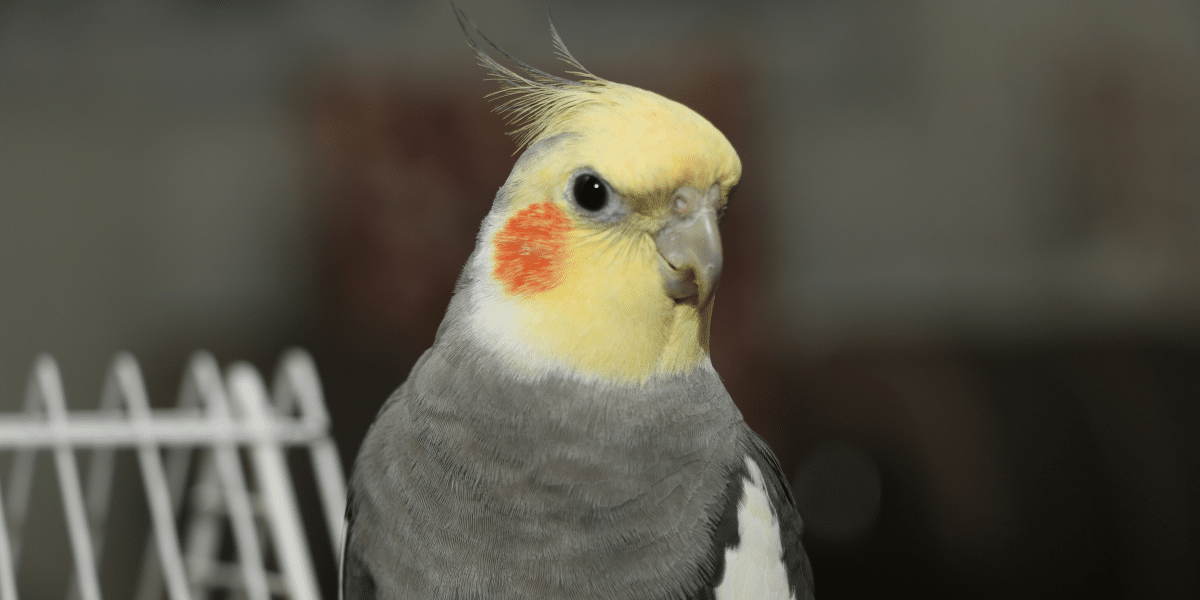Understanding Cockatiel Behavior and Communication
Cockatiels, those charming little avian companions, possess a fascinating array of behaviors and communication methods that often captivate their owners. From their distinctive chirps to their expressive body language, these feathered friends never fail to intrigue. Understanding these aspects is key to fostering a deeper bond and ensuring their well-being.
Vocalizations: The Language of Chirps
When it comes to understanding cockatiel behavior, their vocalizations play a crucial role. Cockatiels are highly vocal creatures, using a variety of chirps, whistles, and even songs to communicate their feelings and needs. Each sound carries a distinct meaning, whether it’s a cheerful greeting, a call for attention, or a sign of contentment. Owners often find themselves deciphering these melodious messages to better respond to their pet’s desires.
Interestingly, cockatiels can also mimic sounds from their environment, including household noises or tunes. This ability not only showcases their intelligence but also adds a delightful element to their repertoire. When your cockatiel chirps or sings along when you play music to your cockatiel, it’s often a sign of enjoyment and bonding.
Understanding these vocal cues requires patience and attentive observation. Cockatiels may vary their chirps in pitch and rhythm to convey different emotions, such as excitement during playtime or distress when feeling threatened. By listening closely and noting the context in which these sounds occur, owners can develop a more nuanced understanding of their pet’s vocal communication.
Body Language: Expressive Gestures
Beyond vocalizations, cockatiels express themselves through intricate body language. Their feather position, eye dilation, and head movements convey a wealth of emotions. For instance, a cockatiel with feathers slightly raised and crest erect may be curious or alert, while flattened feathers could indicate fear or discomfort. Understanding these subtle cues helps owners gauge their pet’s emotional state and adjust interactions accordingly.
When approaching a cockatiel, observing its body language can provide valuable insights into its mood and receptiveness. A relaxed posture with feathers slicked down suggests contentment, whereas rapid beak clicking might signal excitement or anticipation. By paying attention to these cues, owners can nurture a trusting relationship built on mutual understanding.
In addition to visual cues, tactile interactions play a significant role in interpreting a cockatiel’s body language. Gentle strokes or scratches in favored spots, such as the head or neck, often elicit positive responses like relaxed posture or soft vocalizations. This physical bond reinforces trust and reinforces the bond between bird and owner.
Social Behavior: Flock Mentality
Cockatiels are naturally social creatures, thriving in environments where they can interact with their human companions or other birds. This social nature stems from their instinctual flock behavior, where they seek companionship and security. Owners often notice their cockatiels seeking out interaction through gentle head bobs, preening rituals, or playful antics.
Establishing a bond with a cockatiel involves respecting its need for socialization while providing a safe and stimulating environment. Regular interaction, such as gentle handling and positive reinforcement training, fosters trust and strengthens the bond between bird and owner.
Recognizing their social inclinations helps create a harmonious household where both parties feel valued and understood.
Moreover, understanding the dynamics of cockatiel social behavior extends to their interactions with other pets in the household. Introducing a new pet requires careful supervision and gradual integration to prevent stress or territorial behavior. Cockatiels may display assertiveness or vocal protests initially but can adapt over time to coexist peacefully with other animals.
Understanding cockatiel behavior and communication enriches the experience of owning these charismatic birds. By interpreting their vocalizations, deciphering their body language, and honoring their social needs, owners can build a rewarding relationship based on mutual trust and companionship. Whether it’s responding to their chirps or engaging in interactive play, the journey of understanding cockatiels unfolds as a testament to their captivating nature and the joy they bring to those who welcome them into their homes.
Published by: Khy Talara


